- Custom Magnets
- Standard Magnets
- Mounting Magnets
- Magnetic Assemblies
- About Us
- Knowledge

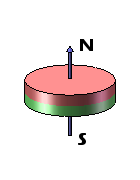

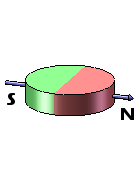
Magnetstek Engineering has been supplying rare earth magnets for over two decades. We offer competitive prices for magnets with multiple magnetizing directions. Newly introduced technology makes Magnetstek’s magnetized thickness up to 90mm, almost twice that of our competitors. Magnetizing directions refer to the orientation of the magnetic field within a magnet. The direction in which a magnet is magnetized influences its performance and application. For rare earth magnets, the magnetizing direction plays a crucial role in determining their magnetic properties.
Here are the common magnetizing directions for rare earth magnets:
Discs & Cylinders
Disc and Cylinder magnets can be axially or diametrically magnetized.

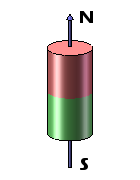

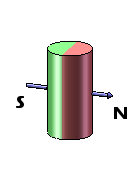
Rings&Tubes
Rings and tubes like discs and cylinders can be axially or diametrically magnetized.
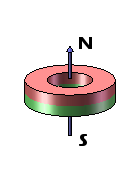
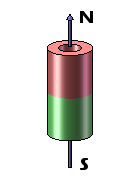
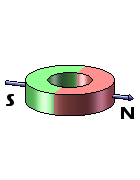
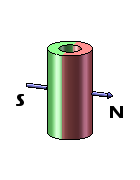
Blocks&Cubes
Block magnets are characterized by their three dimensions: length, width, and thickness. We are occasionally asked if we can provide magnetized block magnets through their length or width. The answer is yes; some long “bar” magnets are magnetized in their longest dimension.
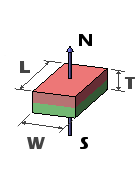
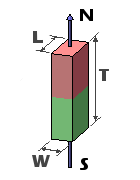
Arc Segments
Arc segments have usually been magnetized in pairs, SN-NS. So that they can be assembled to one ring on a rotor, there are two other possible magnetization directions.
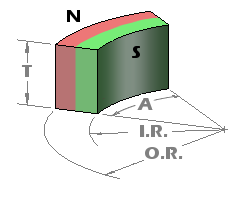
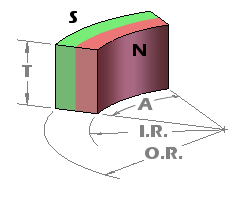
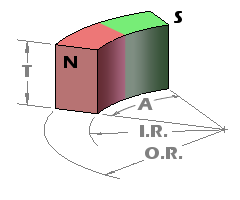

Special Magnetization
Spheres can be only axially magnetized, and mounting magnets usually have one North pole towards the outside (can be customized).
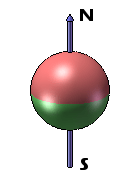
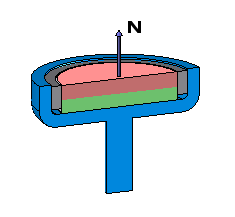
Multi-Pole Magnetization
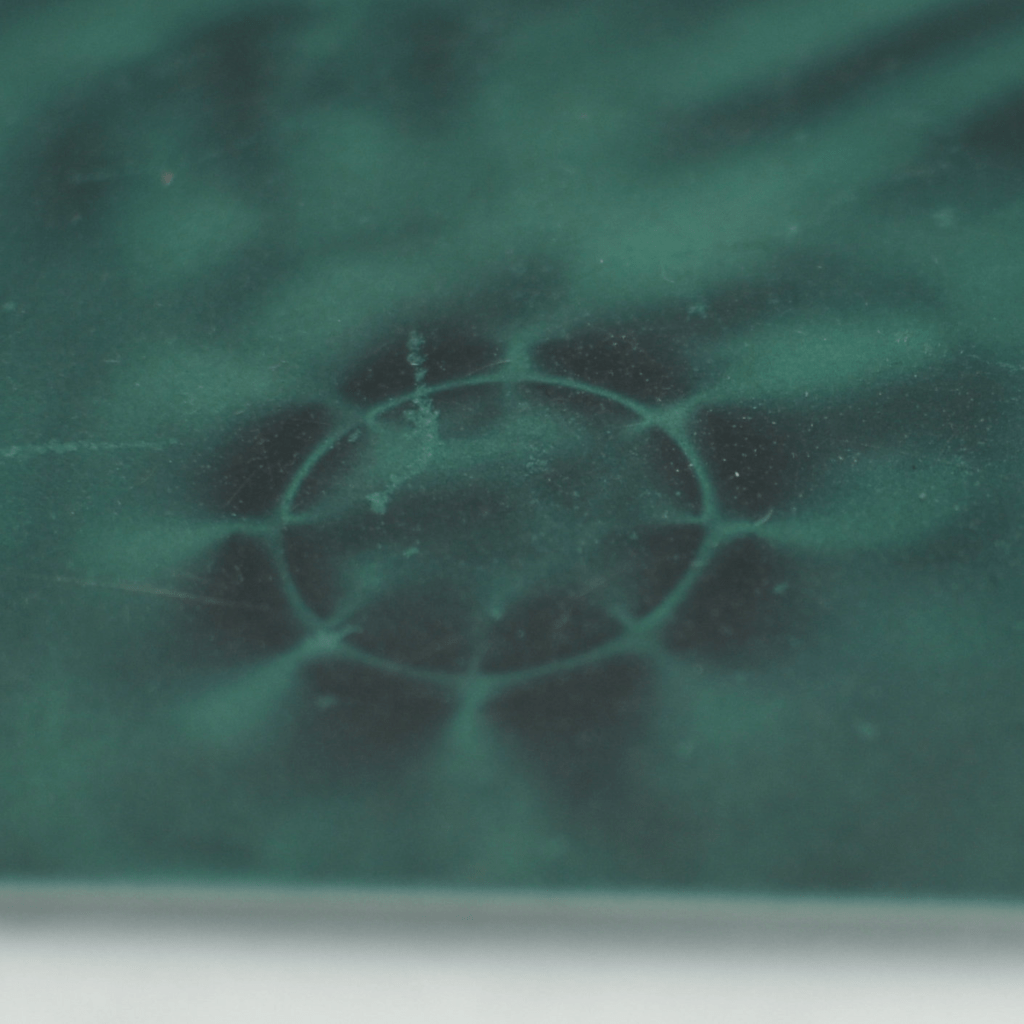
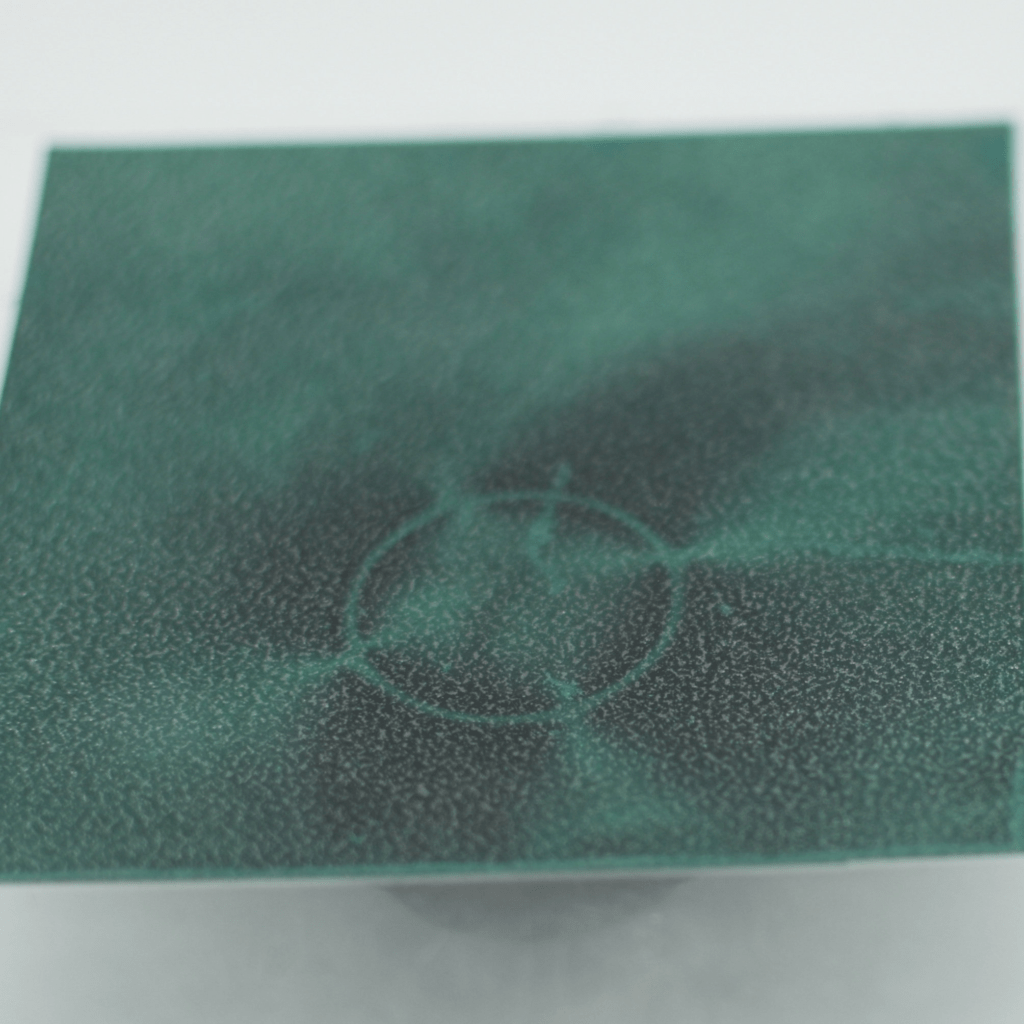
Multi-pole magnetization involves creating multiple poles on the surface of the magnet. This can be achieved by magnetizing the magnet with alternating poles along its length or diameter. Multi-pole magnetization is often used in applications requiring a specific magnetic field pattern, especially on Bonded Magnets.
Radial Magnetization
Radial magnetization is also an ordinary ring magnet, with North and South poles in a circle form on the curves.
It’s important to note that the magnetizing direction significantly affects the magnet’s performance in a specific application. When working with neodymium magnets, manufacturers carefully consider the magnetizing direction to meet the intended use requirements.
Feel free to talk to an expert for more information.